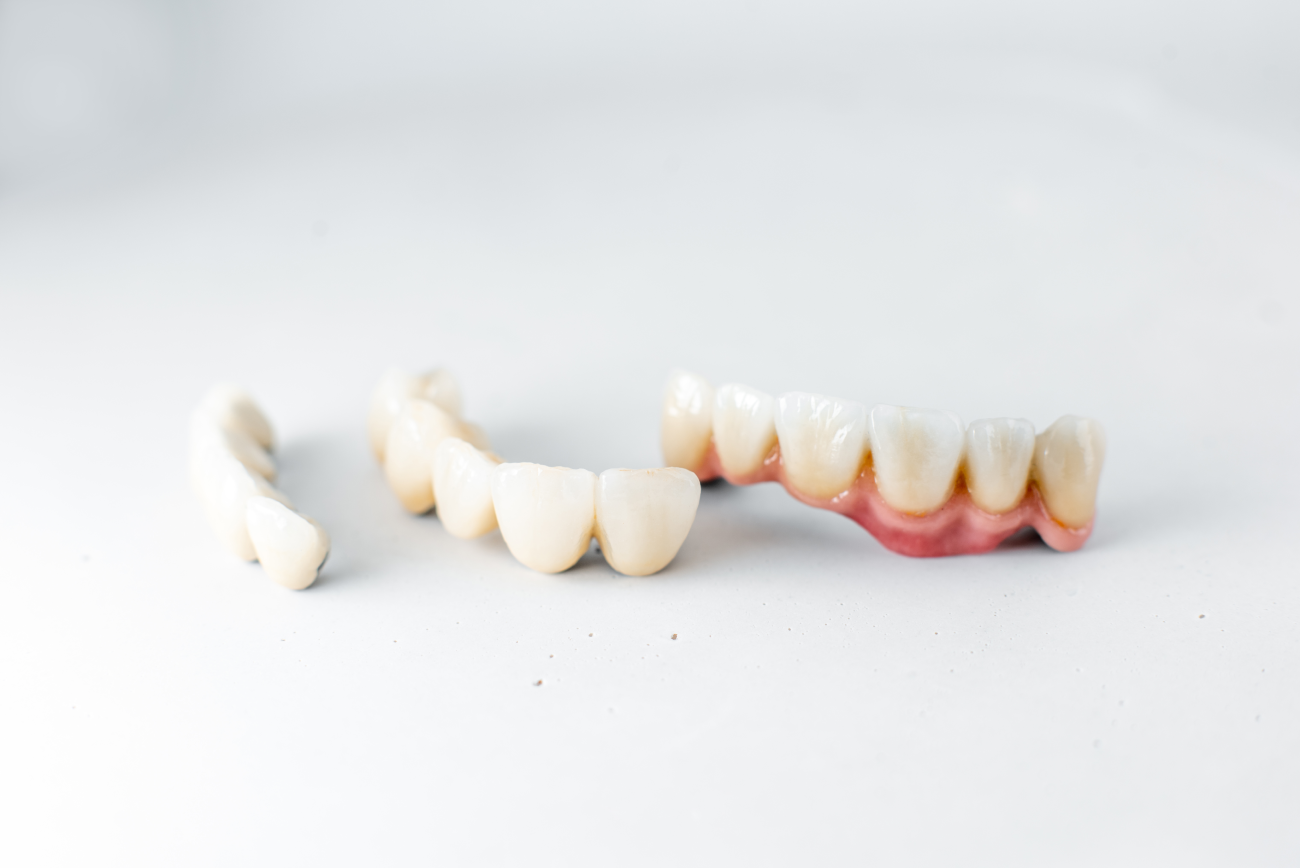- December 2023
- April 2022
- March 2022
- February 2022
- January 2022
- November 2021
- October 2021
- September 2021
- August 2021
- July 2021
- January 2021
- December 2020
- November 2020
- October 2020
- September 2020
- August 2020
- July 2020
- June 2020
- May 2020
- April 2020
- March 2020
- February 2020
- January 2020
- December 2019
- August 2019
- July 2019
- June 2019
- May 2019
- April 2019
- March 2019
- February 2019
- January 2019
- December 2018
- November 2018
- October 2018
- September 2018
- August 2018
- July 2018
- May 2018
- April 2018
- March 2018
- February 2018
- January 2018
- November 2017
- October 2017
- September 2017
- August 2017
- July 2017
- June 2017
- April 2017
- March 2017
- January 2017
- October 2016
- October 2015
- September 2015
- August 2015
Dental Crowns vs Veneers: Understanding the Differences
19 December,2023Dental crowns and veneers are two different types of dental prosthetics. Each usually utilises porcelain — if not composite resin — to mimic natural teeth, and necessitates permanent alterations to existing teeth. Despite the aforementioned shared characteristics, however, crowns and veneers have no further similarities.
At Dental on Clarendon, we categorise both our dental crowns and porcelain veneers as ‘cosmetic dentistry’. However, the sticking point for crowns is that you could also class them as a form of restorative dentistry. While veneers deliver that perfect Hollywood smile, dental crowns have strength in their corner, emulating natural teeth down to their biting power. And herein lies the fundamental difference between the two.
Whether you want a surface solution or something to sink your teeth into will determine if you should peer down Veneer Avenue or venture down Dental Crown Lane. Let’s take a stride along both to get a clearer view of each.
Dental Crowns
Dental crowns are single artificial teeth customised to the patient’s mouth. The dentist will take a dental impression, which will inform them how to craft the crown. Fashioned in the image of the patient’s mouth, the final product should seamlessly slot into place thanks to its specially crafted shape and colour. Tooth crowns are customised prosthetics that can take multiple appointments to affix — although Dental on Clarendon also has same-day crowns available.
To place a dental crown, the dentist must file down the tooth it will sit atop. Once they have prepared your tooth, they will bond the crown to your altered tooth using dental cement. Barring any damage, the crown should last for 10–15 years, appearing and functioning as a regular tooth. Maintaining a quality dental hygiene routine is also critical to preserving the crown, along with regular dental checkups.
We spoke above of porcelain and composite resin, but dental crowns can also come in other materials. Whether for durability or cost-effectiveness, some patients prefer crowns of metal or metal alloys — including gold — zirconia, or blended materials. For example, metal and porcelain blends are as sturdy as they are natural-looking. On the whole, though, porcelain is the most popular material due to its stain resistance and close aesthetic match to natural teeth.
What sets dental crowns apart from veneers is their shape and functionality. While veneers are flat shells that mask natural teeth for cosmetic purposes, crowns are three-dimensional tooth replicas that lend strength to the natural tooth below and chew as a regular tooth would. Oftentimes, patients opt for crowns if they’re nursing a cracked, weakened, worn-out or cavity-ridden tooth. Moreover, dentists will usually place a crown following a root canal procedure due to their restorative nature.
Sometimes, you can choose a crown for aesthetic purposes alone — but this is usually in the case of a notably misshapen or discoloured tooth. Veneers, on the other hand, tend to come in multiples as their purpose is usually to reinvent a smile rather than to ‘spot clean’.
Veneers
Veneers are thin ‘shells’ that attach to teeth to form a picture-perfect facade. Though you can find veneers of porcelain or composite resin, many dentists — Dental on Clarendon included — no longer offer the latter due to its inferior quality. If you’re serious about veneers, you should pick porcelain due to its closer aesthetic match to natural teeth and longer lifespan (10–15 years, compared to 5–8 years for composite resin).
As is the case with a dental crown procedure, the dentist must file down teeth to make way for the patient’s veneers. They will take a dental impression and send it to a technician, who will create the veneers as per this visual information. At the patient’s next appointment, the dentist will bond the veneers to the patient’s mouth using dental cement or resin. As is the case with dental crown maintenance, it’s important to care for the veneers as you would natural teeth with home care routines and regular checkups.
From a physical perspective, veneers are a fraction of the size of dental crowns. While a crown is like a 3D-printed tooth, a veneer is a very thin shell that masquerades as a tooth. Once attached to the frontmost teeth, veneers give a convincing impression of natural teeth — especially if they’re porcelain. If patients can’t or do not wish to resolve gaps, crookedness or discolouration with orthodontic work or teeth whitening, veneers can cover the problem. If patients want to conceal cracks and chips — or simply smile like a celebrity — veneers are the best cosmetic solution.
Appearance isn’t the only way veneers differ from crowns. When it comes to quantity, patients usually consider single crowns, whereas veneers almost always come in even numbers. While patients are within their right to purchase multiple crowns or single veneers, the standard treatment consists of four to eight veneers. The motivation behind getting veneers is to give your smile an upgrade — and the most effective way to do that is to apply fresh wallpaper to the whole visible surface.
As reiterated throughout this blog post, the fundamental difference between veneers and crowns is function. If you’re choosing veneers, you’re redecorating and sprucing up your look. If you’re choosing dental crowns, you’re protecting and restoring strength to compromised teeth — if you’re not making minor aesthetic adjustments.
Function or Aesthetics?
Knowing the difference between crowns and veneers now, it boils down to this: do you need to protect and restore biting power to weakened teeth, or do you want a smile makeover? Or, in the case of cosmetic dentistry, do you want to replace your imperfect teeth with almost-nature-identical prosthetics, or will placing a shell over your front-facing teeth suffice?
Dental crowns and veneers do different things for your mouth, and what you need will determine which treatment you choose. If you require further clarity, book a consultation with Dental on Clarendon: the dentist Melbourne prefers for their cosmetic dental needs.


